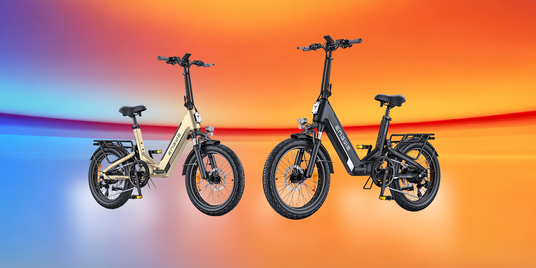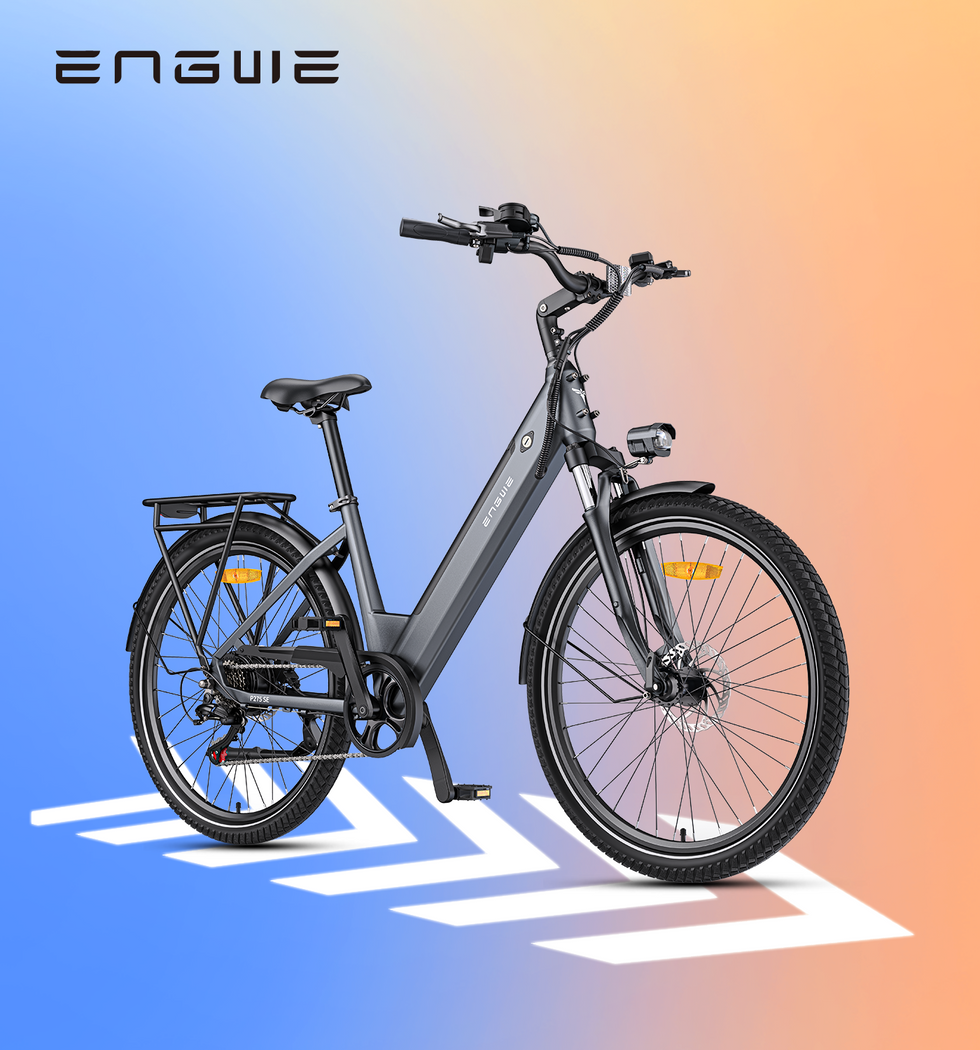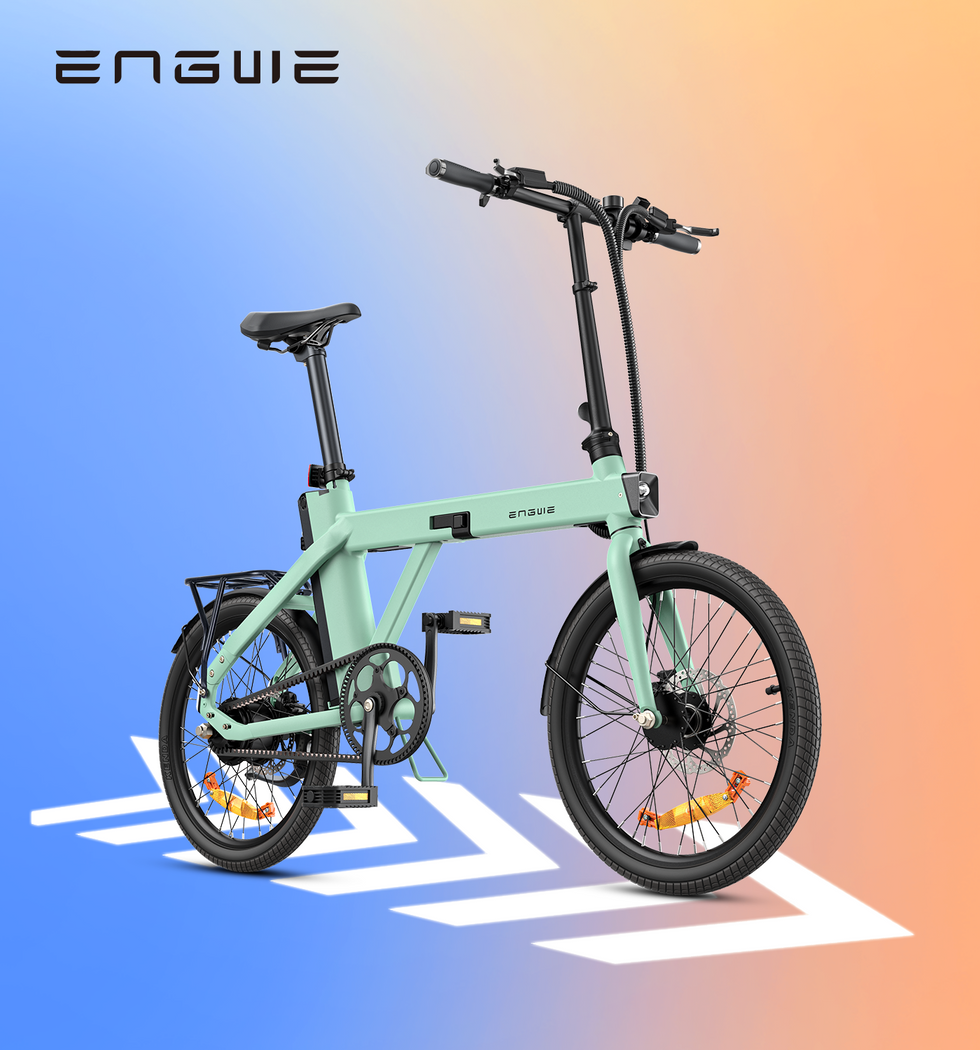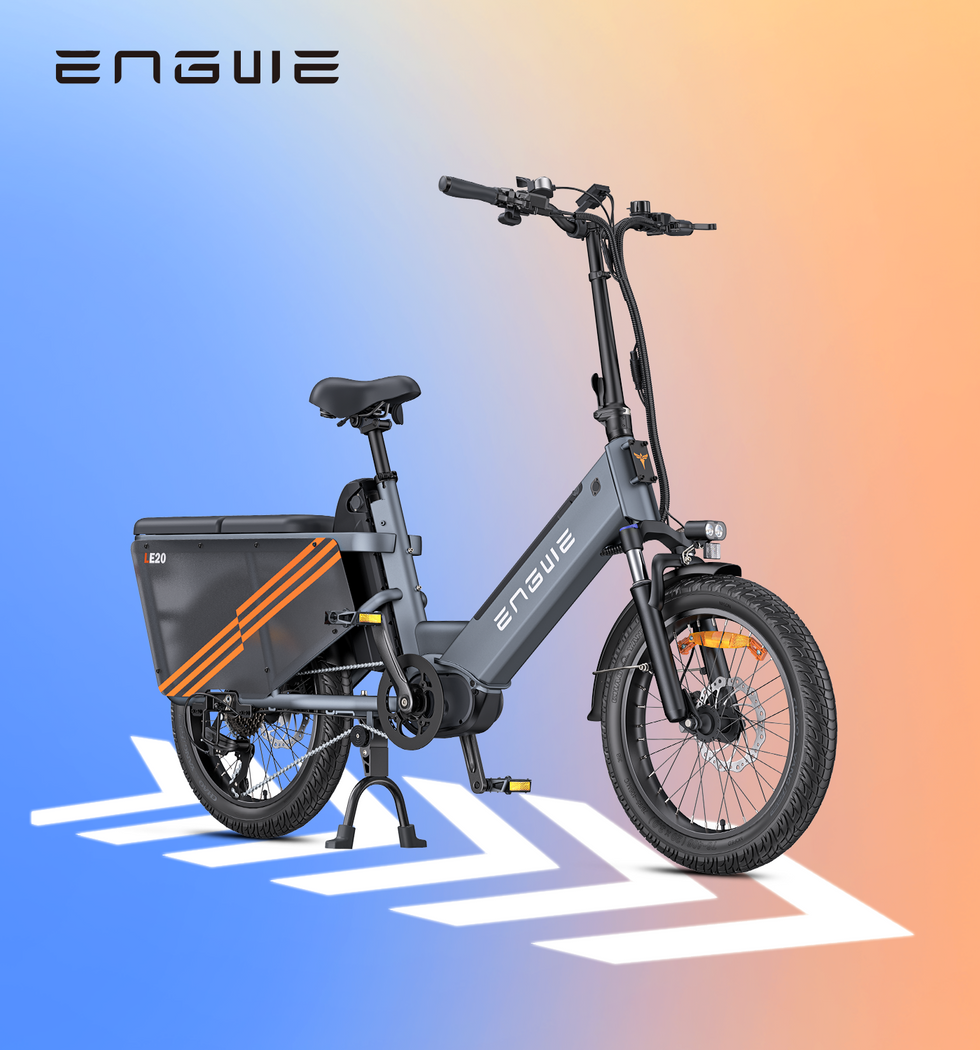The notion of effortlessly cruising around town, climbing hills without breaking a sweat, and adopting a greener mode of transportation is very appealing. An electric bike delivers that, but with the price for one being enough to feel like a steep hill. So in comes the idea of rent-to-own electric bike schemes that offer a route to ownership without an upfront cost. As a fellow human who has made his way through this very terrain, I know exactly how elated and incredulous you may currently feel. Is this an ingenious financial hack or just another expensive detour? Let’s unpack it, step by step, to determine if this is the direction you should take on your journey.
Breaking Down the Rent-to-Own Model Step by Step
In essence, a rent-to-own electric bike opportunity is a cross between a rental and a purchase. It is not a traditional loan. Instead, you enter into a lease where you pay a recurring fee (it’s usually weekly or monthly) to “use” the electric bike. The crucial distinction with a straightforward rental is that part of each payment goes toward the bike’s overall purchase price.
Think of it as an audit payment, paying up to a point for access and use, just like with a standard rental. Over time, these payments add up, and your equity in the bike grows. You will usually have several options whenever the rental period is over. You can pay one last “buyout” payment and own the bike outright, return the bike with no further commitment, or in certain cases, trade up to a new lease on a newer model. This is a form factor that offers the optimal combination of flexibility and an obvious way of owning your electric bike forever.
What’s Really Going On: Pros and Cons
Before you put pen to paper, it is important to consider this arrangement in its entirety. My own investigation unearthed a range of pros and cons that every prospective user should mull over.
The greatest benefit is that the threshold for entry is quite low. You have immediate access to a high-quality electric bike for only a tiny investment instead of having to save hundreds or thousands of dollars. That “try before you buy” feature is priceless. You can truly integrate the e-bike into your life for weeks or even months to make sure it really does fit your commute, fitness goals, and lifestyle—and have the confidence that this integration means you are not “settling” later. And for some borrowers, these programs may have a lower threshold when it comes to credit checks than traditional forms of financing, meaning those with less-than-perfect credit might still get approved.
But all that convenience comes at a price. Perhaps the biggest negative is that at the end of a rent-to-own deal, you’ll have paid significantly more than a bike would have cost outright. This is a fee that pays for the risk the company assumes, its administrative costs, and profit. You should also know that the choices of bikes that are available might be somewhat restricted to only those models which the provider happens to have on hand. Finally, care must be taken to understand the definition of maintenance and repair during the time of the lease, as this can differ between programs.

Who Should Strongly Consider Rent-to-Own?
This is not a one-model-fits-all solution. It's literally for a certain kind of user. If you’re someone who honestly doesn’t know whether an electric bike is right for you, this might just be the best way to take a long test ride. It's also a great option for someone who needs an e-bike to commute on, today, but doesn't have the type of finances that allow money to be saved up and spent all at once. The predictable, more manageable monthly payments can offer relief to a budget squeezed tight.
On the other hand, if you have disposable income to invest in an electric bike, then buying should almost certainly be cheaper in the long term. If you have your heart set on a particular or specialized model (not included in any rent-to-own program), then go out and find other means of purchase for those models. It is a tool meant for the fiscally wary, the commitment-averse, and perhaps even the pragmatic commuter who needs a fix now.
Selecting Your Ride and Reading the Fine Print
The quality and versatility of the bike itself are of course important when you are committing to paying off a bike for a few years. You aren’t simply renting a convenience while you prepare for your future, but investing in an asset that is a vision of your long-term goals. You want something that’s not just a quick fix but feels like the bike companion you need long-term for adventures and commuting. It’s here where a brand such as ENGWE really excels as they design electric bicycles that are high-performing and built to last, guaranteeing your money is well spent. The ENGWE EP-2 Pro would probably be the best model for rent-to-own. It’s built from the ground up to be an all-terrain beast.
The smart torque sensor provides smooth and natural power assistance, so you can leave the car at home, and there's a unique Boost Mode that offers peak torque (55Nm) for running up those steep hills.
Its massive 20x4.0 fat tires and strong one-piece wheels demonstrate its power to grip on smooth pavement and handle your favorite nature trails with a safe ride on mud, sand, and wet roots off-trail.
As a Class 3 eBike, easily accelerate up to speed and then pedal off the power with no resistance, creating a seamless riding experience.
For those who want to increase their bike ride’s range or just stop pedaling so much — the EP-2 Pro comes in handy with its extended charge capabilities thanks to the bigger battery pack.
With a peak performance of 120km per charge, there is simply nothing quite like it in its weight class. You want a bike this capable that’s built like a tank to work towards something you’ll be proud to own for years.
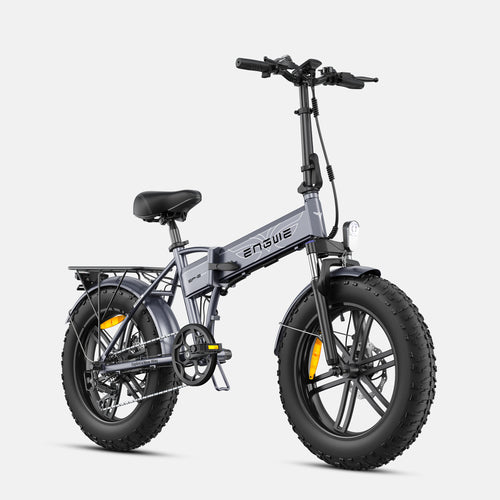
How to Read the Fine Print: Your Checklist Before You Commit
If there is only one bit of advice I can give you, it would be to read the contract in its entirety! Don’t get caught up in new-bike excitement; it’s the small print of a contract that will shape your experience. Here’s a checklist of what to be on the lookout for:
- Total Final Cost: This is what you’ll end up paying if you make it through the entire contract and buy the bike. Compare this to the bike's normal retail price.
- Payment Explanation: Make sure you know the breakdown of how much money is being paid toward the principal balance and how much has gone to rent or services.
- Buyout: What day can you buy the bike? Are there penalties attached to prepayment, or conversely, is there a discount?
- Maintenance and Repairs: What happens if you get a flat tire or need a tune-up while renting? Is there a warranty included?
- Bike Condition: Is it a brand new, used, or refurbished pedal-assist e-bike? This should be clearly stated.
- Return Policy: What are the terms and possible fees if you choose to return the bike at the end of the lease?

Alternatives and Frequently Asked Questions
Rent-to-own is not the only way you can finance an electric bike. “Buy Now, Pay Later” (BNPL) services are in vogue for many manufacturers or retailers today. Oftentimes, these services make it possible for you to stagger the cost into several interest-free installments—that is a significantly cheaper route if you’re able to pay it off quickly. Note that some name brands also provide direct financing, sometimes at better terms than a third-party rent-to-own organization. Another option that might result in a smaller total cost is to borrow the money from a bank or credit union with a small personal loan. It’s worth investigating each of these options to determine which is the most financially responsible path for you.
| Feature | Buying Outright | Rent-to-Own |
|---|---|---|
| Upfront Cost | High (Full Retail Price) | Low (First Payment Only) |
| Total Cost | Lower (Retail Price) | Higher (Includes Fees & Profit) |
| Flexibility | Low (Committed Purchase) | High (Option to Return Bike) |
| Credit Impact | None (unless financed) | Potential for Positive or Negative Impact |
| Bike Choice | Unlimited (Any Bike You Want) | Limited (Provider's Fleet) |
In the end, the correct route to ownership is whichever matches your finances and riding aspirations.
Frequently Asked Questions
-
When you rent to own an electric bike, is it cheaper than just buying it?
No. In fact, after you factor in fees and interest, the cost of a rent-to-own plan is almost always higher than the cost of buying the bike at retail. You are paying for the flexibility and the low initial cost. -
Does the rent-to-own process affect my credit score?
It can. When you apply, some companies may check your credit. Regular, punctual payments can potentially help boost your score (if the company reports to credit bureaus), while missed payments could negatively impact it. -
What if the electric bike is stolen or damaged?
It’s important to spell this out in your agreement. In most programs, you typically have to look out for the safety of the bike yourself. You might have to buy your own insurance or be on the hook for the full cost of replacement if it is stolen or damaged beyond repair. -
Am I able to upgrade my bike whilst going through the rent-to-own process?
Some larger programs may allow you to upgrade, returning your bike and entering a new agreement for a newer or different model. This policy varies widely, and you have to ask about it upfront. -
Am I getting a brand new bike or a second-hand one?
It all depends on the provider you choose. Some programs provide new bikes, whereas others are based around a fleet of second-hand or well-cared-for bikes. The contract should specifically mention the state of the bike delivered to you.
